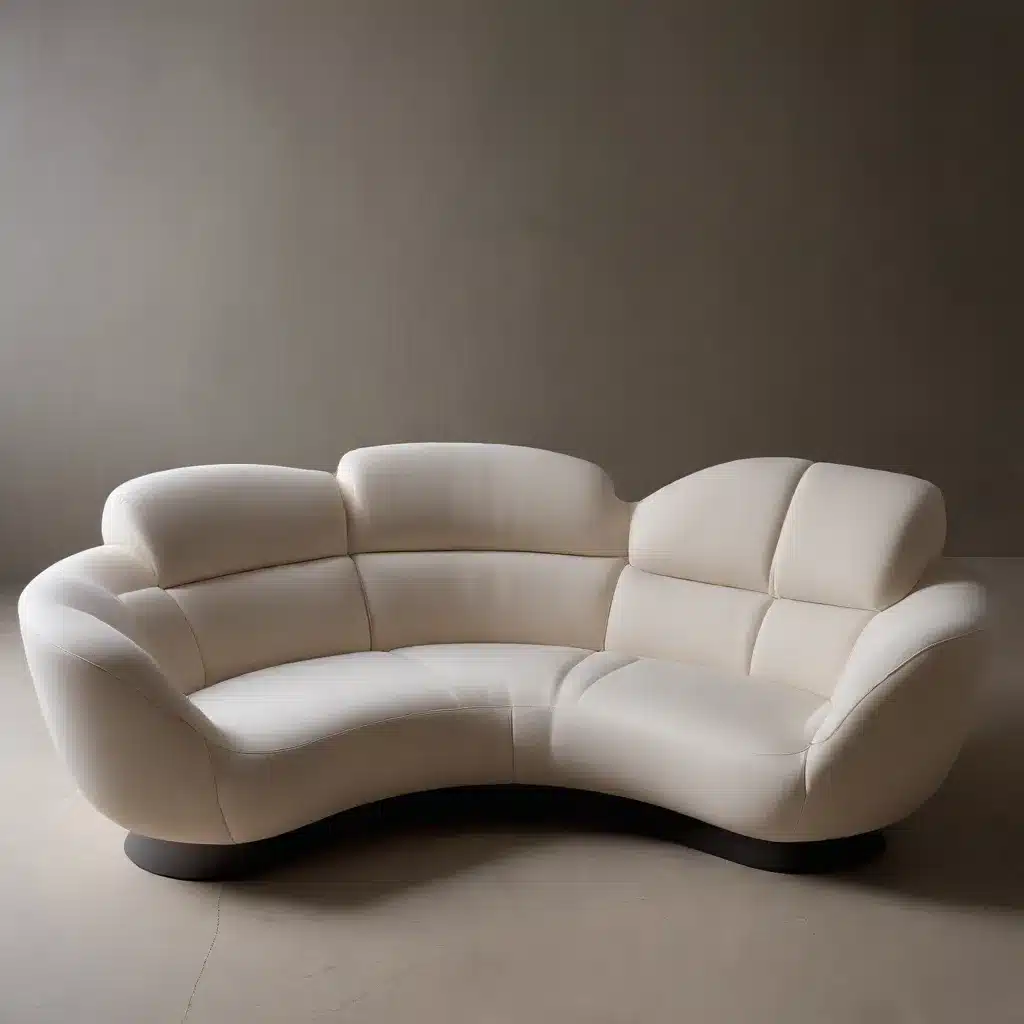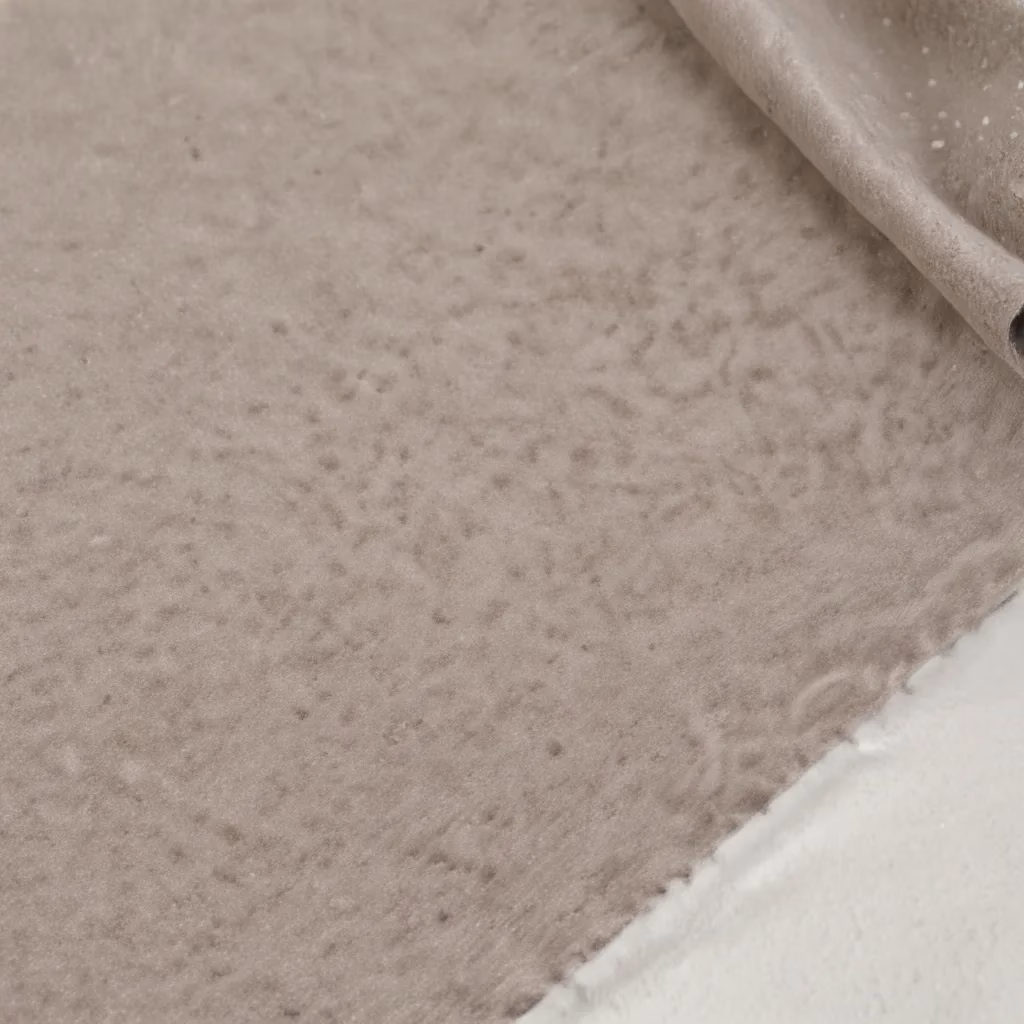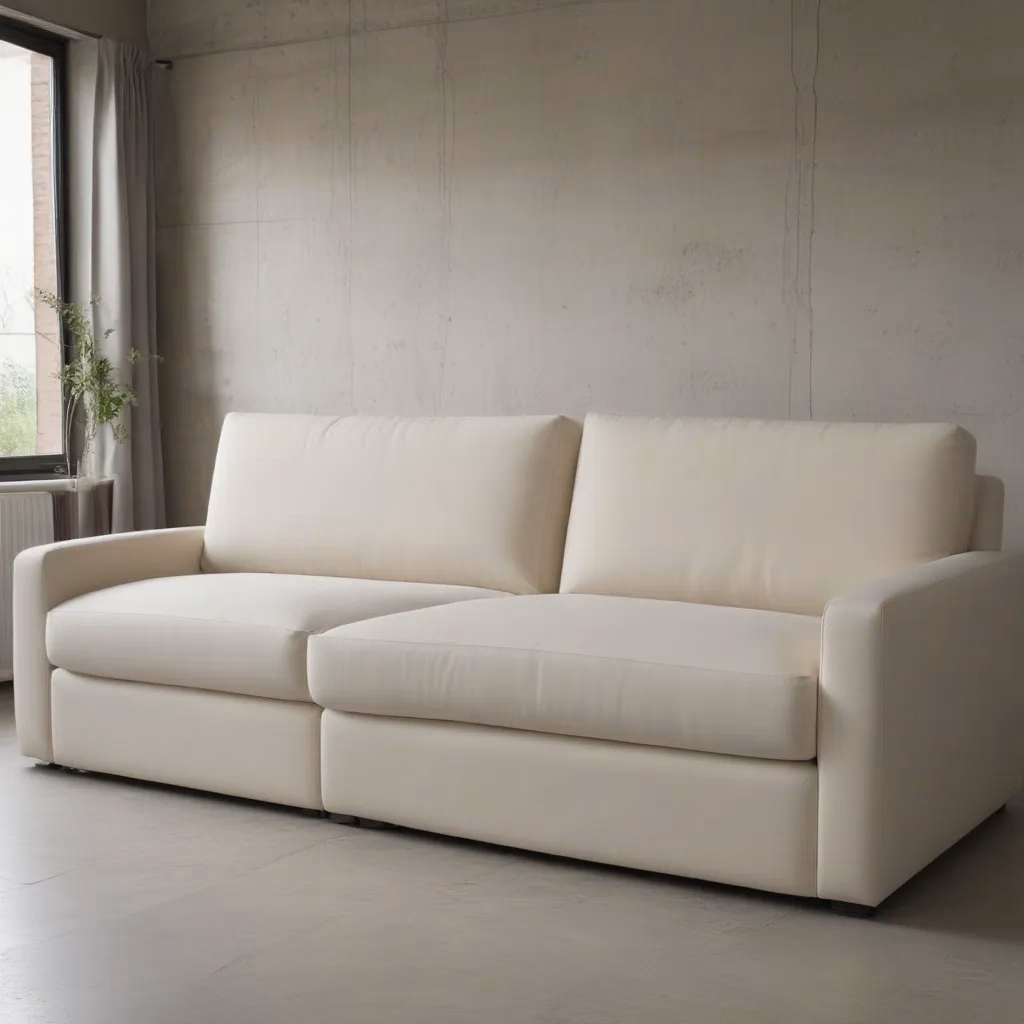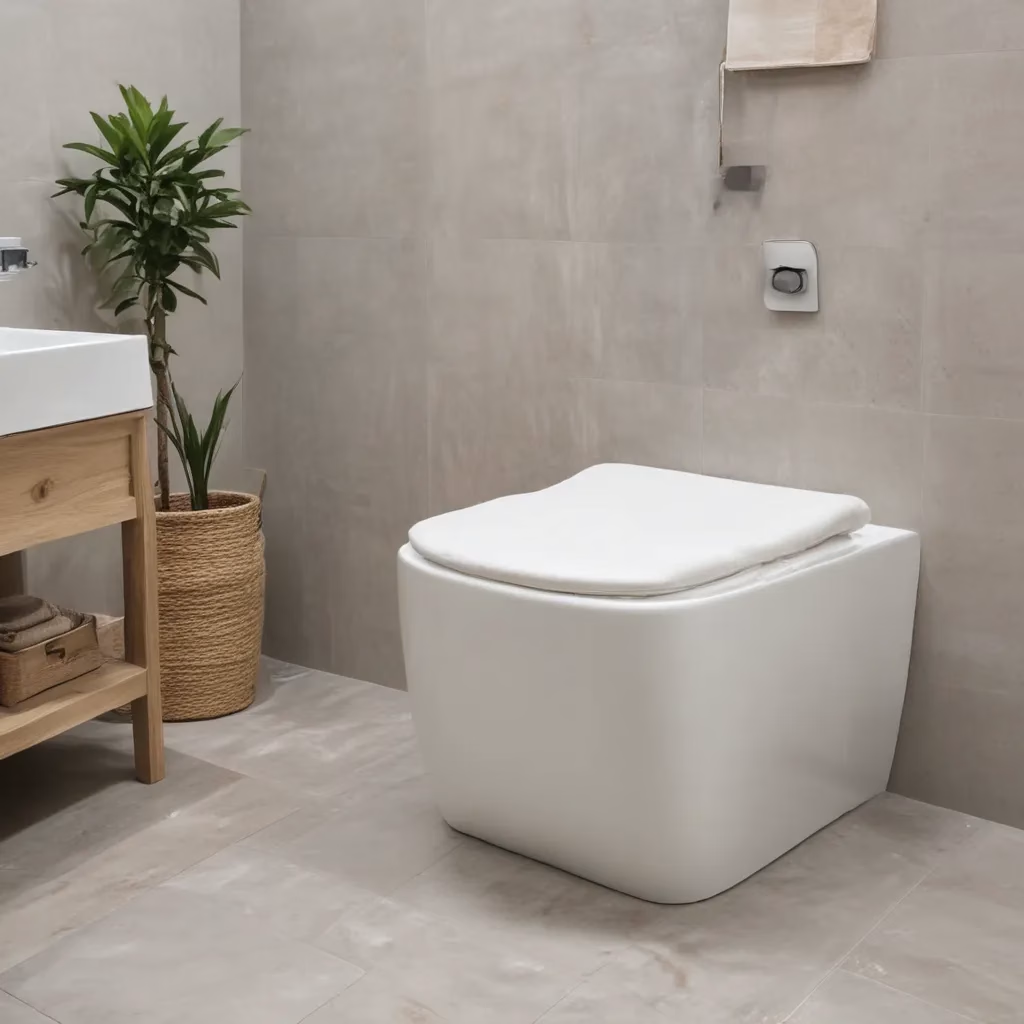
The Rise of Artistic Furniture Design
As a furniture specialist with years of experience in the industry, I’ve witnessed firsthand the evolution of sofa design. Gone are the days when sofas were merely functional pieces meant to fill space in living rooms. Today, they’ve become artistic statements, focal points that can transform the entire aesthetic of a room.
The trend towards sculptural sofa silhouettes has been gaining momentum in recent years, and for good reason. These eye-catching designs bring a sense of drama and sophistication to any space, elevating the ordinary to the extraordinary. I’ve seen countless clients’ faces light up when they encounter a beautifully curved sofa for the first time – it’s as if they’re seeing furniture in a whole new light.
One of the most exciting aspects of this trend is how it blurs the line between furniture and art. Many of these sculptural sofas could easily be mistaken for modern sculptures if placed in a gallery setting. Yet, they maintain their functionality, offering comfortable seating while serving as conversation starters and visual anchors in a room.
The Power of Curves in Interior Design
There’s something inherently appealing about curved forms in interior design. As humans, we’re naturally drawn to organic shapes that mimic those found in nature. Curved sofas tap into this innate preference, creating a sense of flow and softness in spaces that might otherwise feel rigid or angular.
In my experience, introducing a curved sofa into a room can completely transform its energy. Sharp corners and straight lines can sometimes create a sense of tension or formality, while curves invite relaxation and encourage a more casual, convivial atmosphere. I’ve had clients tell me that their new curved sofa has made their living room feel more inviting and conducive to conversation.
Moreover, curved sofas can be incredibly versatile in terms of placement. Unlike traditional rectangular sofas that are often pushed against walls, sculptural sofas can float beautifully in the center of a room, creating interesting pathways and dividing spaces in open-plan layouts. This flexibility opens up new possibilities for furniture arrangement and can help solve tricky layout challenges.
Materials and Textures: Enhancing the Sculptural Effect
When it comes to sculptural sofas, the choice of materials and textures plays a crucial role in enhancing their visual impact. I’ve found that certain fabrics and finishes can really bring out the beauty of curved forms, while others might detract from it.
For instance, velvet is an excellent choice for curved sofas. Its plush texture catches the light in interesting ways as it follows the contours of the sofa, creating a sense of depth and luxury. I once worked with a client who chose a deep blue velvet for their sculptural sofa, and the result was nothing short of stunning – the sofa looked like a piece of fine jewelry in the room.
On the other hand, leather can also work wonderfully on curved sofas, especially if you’re going for a more modern or masculine look. The smooth surface of leather emphasizes the clean lines of sculptural designs, and it ages beautifully over time, developing a patina that adds character to the piece.
For those looking to make a bold statement, I often recommend considering unusual materials or combinations. I’ve seen some fantastic sculptural sofas that incorporate elements like polished metal, carved wood, or even acrylic components. These unexpected materials can take a curved sofa from beautiful to truly extraordinary.
Balancing Form and Function
While the aesthetic appeal of sculptural sofas is undeniable, it’s crucial not to forget about comfort and practicality. After all, a sofa is meant to be sat on, not just admired from afar. As a furniture specialist, I always stress to my clients the importance of finding a balance between form and function.
Fortunately, many manufacturers of sculptural sofas understand this need and have put considerable effort into ensuring their designs are as comfortable as they are beautiful. I’ve had the pleasure of testing out numerous curved sofas, and I can attest that many of them are just as cozy as their more traditional counterparts.
That being said, it’s important to consider how you’ll be using the sofa when selecting a sculptural design. If it’s going to be your primary seating for watching TV or lounging, you might want to opt for a design with a deeper seat or higher back. On the other hand, if it’s more of an occasional piece or meant for a formal living room, you might be able to prioritize form over function a bit more.
Incorporating Sculptural Sofas into Different Design Styles
One of the most exciting aspects of working with sculptural sofas is their versatility across different design styles. While they might seem like they’d only fit into modern or contemporary spaces, I’ve successfully incorporated curved sofas into a wide range of interiors.
In minimalist spaces, a sculptural sofa can serve as a striking focal point without overwhelming the room. The clean lines and simple forms of many curved sofas complement the pared-back aesthetic of minimalism beautifully. I once worked on a project where we placed a white leather sculptural sofa in an all-white room – the effect was subtle yet powerful, with the sofa’s curves creating interest through shadow and light.
For more eclectic or maximalist interiors, sculptural sofas can hold their own among a mix of styles and periods. I’ve seen curved sofas work wonderfully in rooms filled with vintage finds and bold patterns. The key is to let the sofa be a statement piece and to choose complementary furnishings that don’t compete for attention.
Even in traditional settings, a well-chosen sculptural sofa can add a contemporary touch without feeling out of place. I often recommend clients consider a curved sofa in a classic fabric like a striped silk or a subtle herringbone to bridge the gap between old and new.
Maintenance and Care for Sculptural Sofas
Taking care of a sculptural sofa requires some special considerations. The unique shapes and curves can make cleaning and maintenance a bit more challenging than with traditional sofas, but with the right approach, it’s entirely manageable.
For fabric-covered sculptural sofas, regular vacuuming is essential to prevent dust and debris from settling into the curves and crevices. I always recommend using a soft brush attachment to avoid damaging the fabric. For deeper cleaning, it’s best to consult with a professional upholstery cleaner who has experience with unusually shaped furniture.
Leather sculptural sofas require a different approach. Regular dusting with a soft, dry cloth is usually sufficient for day-to-day maintenance. For more thorough cleaning, a leather-specific cleaner should be used, taking care to work it gently into all the curves and folds of the sofa.
One maintenance tip I always share with clients is to rotate cushions regularly (if the design allows for it) to ensure even wear. This is especially important with sculptural sofas, as the unique shapes can sometimes lead to certain areas getting more use than others.
The Future of Sofa Design: What’s Next?
As someone who’s been in the furniture industry for years, I’m always excited to see what new trends and innovations are on the horizon. When it comes to sculptural sofas, I believe we’re only scratching the surface of what’s possible.
I anticipate seeing more integration of technology into these artistic designs. Imagine a sculptural sofa that can change its shape at the touch of a button, adapting to different seating needs or room layouts. While this might sound like science fiction, with advances in materials and engineering, it’s not outside the realm of possibility.
Another trend I’m keeping an eye on is the use of sustainable and eco-friendly materials in sculptural sofa design. As consumers become more environmentally conscious, there’s a growing demand for furniture that’s not only beautiful but also kind to the planet. I’ve already seen some exciting experiments with recycled plastics, innovative plant-based fabrics, and responsibly sourced wood in curved sofa designs.
Making the Right Choice for Your Space
If you’re considering adding a sculptural sofa to your home, there are several factors to keep in mind. First and foremost, consider the scale of the piece in relation to your room. Curved sofas can sometimes appear larger than their actual dimensions due to their organic shapes, so it’s crucial to measure your space carefully.
Color is another important consideration. While neutral tones are always safe, don’t be afraid to go bold with your sculptural sofa. A vivid hue can turn your sofa into a true work of art. I once helped a client choose a bright yellow curved sofa for their otherwise neutral living room, and it became the perfect energizing focal point for the space.
Think about how the sofa will be used in your daily life. If it’s going to be your main seating area, prioritize comfort and durability. If it’s more of a statement piece for a formal living room, you might be able to prioritize aesthetics over practicality.
Lastly, don’t forget about the other elements in your room. A sculptural sofa works best when it has space to breathe, so consider pairing it with simpler, more understated pieces that won’t compete for attention.
The Art of Accessorizing Sculptural Sofas
Once you’ve chosen your perfect sculptural sofa, the next step is to think about how to accessorize it. This is where you can really let your creativity shine and enhance the sofa’s artistic qualities.
Throw pillows are an obvious choice, but with curved sofas, you need to be a bit more thoughtful in your selection. I often recommend choosing pillows in varying sizes and shapes to complement the sofa’s curves. Round or bolster pillows can work particularly well. As for fabrics, this is an opportunity to add texture – think chunky knits, silky velvets, or even faux fur for a touch of luxury.
A well-chosen throw blanket can also enhance the look of a sculptural sofa. Drape it casually over one end or the back of the sofa to add another layer of visual interest. I love using throws with interesting textures or patterns to contrast with the smooth lines of the sofa.
When it comes to coffee tables, consider organic shapes that echo the curves of your sofa. A round or oval table often works well, creating a sense of flow in the space. If you prefer a more eclectic look, a angular or geometric table can create an interesting contrast.
The Impact of Lighting on Sculptural Sofas
Lighting plays a crucial role in showcasing the beauty of a sculptural sofa. The right lighting can enhance the curves and create interesting shadows, adding another dimension to the piece.
I always recommend incorporating a mix of lighting sources to create a layered effect. Overhead lighting can provide general illumination, but it’s the accent lighting that really makes a sculptural sofa shine. Consider placing a floor lamp behind the sofa to create a soft backlight, or use table lamps to highlight specific curves or angles.
For a truly dramatic effect, you might even consider installing LED strip lighting along the base of the sofa. This can create a floating effect and draw attention to the sofa’s unique silhouette.
Natural light is also important to consider. If possible, position your sculptural sofa where it can benefit from daylight. The changing light throughout the day will interact with the curves in different ways, creating an ever-shifting visual display.
The Role of Sculptural Sofas in Open-Plan Living
Open-plan living spaces have become increasingly popular, and sculptural sofas can play a valuable role in these layouts. Their unique shapes make them ideal for defining different areas within a larger space without the need for walls or screens.
I’ve worked on several projects where we’ve used curved sofas to create a sense of separation between living and dining areas in open-plan homes. The sofa acts as a natural divider, its curves softening the transition between spaces.
In larger open-plan areas, you might even consider using two curved sofas facing each other to create an intimate conversation area. This arrangement can help to anchor a seating area within a vast space, making it feel cozy and inviting.
The Psychology of Curved Shapes in Interior Design
It’s fascinating to consider the psychological impact of curved shapes in our living spaces. Research has shown that humans generally prefer curved forms over angular ones, finding them more pleasing and less threatening.
This preference for curves can be traced back to our evolutionary past. In nature, sharp angles and straight lines are relatively rare, while curves are abundant. Our brains are wired to find curved shapes more appealing and relaxing.
In the context of interior design, this means that curved sofas can contribute to creating a space that feels inherently comfortable and welcoming. I’ve had clients report feeling more relaxed and at ease in rooms where we’ve introduced sculptural, curved furniture.
Moreover, curved shapes can promote social interaction. A curved sofa naturally encourages people to face each other, facilitating conversation and connection. This is why curved sofas are often favored in hospitality settings like hotel lobbies or restaurant lounges.
Customization Options for Sculptural Sofas
One of the most exciting aspects of working with sculptural sofas is the potential for customization. Many manufacturers offer options to tailor these pieces to your specific needs and preferences.
Fabric choice is perhaps the most obvious customization option. From luxurious velvets to hardwearing linens, the fabric you choose can dramatically alter the look and feel of your sculptural sofa. I always encourage clients to order fabric samples and view them in their space before making a final decision.
Beyond fabric, you might have the option to customize the sofa’s dimensions. This can be particularly useful if you’re working with an unusually shaped room or have specific seating requirements. I once worked with a client who needed a curved sofa to fit a bay window – we were able to have one custom-made to fit the space perfectly.
Some manufacturers even offer the option to customize the curve of the sofa itself. This level of customization allows you to create a truly unique piece that fits your space and style perfectly.
The Investment Value of Sculptural Sofas
While sculptural sofas can be a significant investment, I often advise clients to think of them as more than just furniture. These pieces are essentially functional art, and like any artwork, they have the potential to appreciate in value over time.
Particularly if you choose a piece from a renowned designer or a limited edition collection, your sculptural sofa could become a valuable collector’s item in the future. I’ve seen vintage curved sofas from the mid-20th century fetch impressive prices at auction.
Even if you’re not thinking about resale value, a high-quality sculptural sofa is an investment in your daily life. These pieces are built to last, often featuring superior construction and materials compared to mass-produced furniture. With proper care, a good sculptural sofa can last for decades, making it a worthwhile long-term investment.
Sculptural Sofas in Commercial Spaces
While I’ve primarily focused on residential applications, it’s worth noting that sculptural sofas can be equally impactful in commercial settings. In fact, some of the most innovative curved sofa designs I’ve seen have been created for hotels, restaurants, and office spaces.
In hotel lobbies, sculptural sofas can create striking first impressions, setting the tone for a guest’s entire stay. I’ve seen curved sofas used to great effect in creating intimate seating areas within larger lobby spaces, offering guests a sense of privacy in a public area.
In office environments, particularly in reception areas or breakout spaces, sculptural sofas can add a touch of creativity and sophistication. They can help to create a more relaxed, less corporate atmosphere, which can be beneficial for both employees and visitors.
Restaurants and bars also benefit from the unique aesthetic of sculptural sofas. Curved banquette seating, for example, can maximize space while creating an intimate dining experience. I’ve worked on several restaurant projects where sculptural seating has been a key element in defining the overall design concept.
The Role of Technology in Sculptural Sofa Design
As technology continues to advance, its influence on furniture design, including sculptural sofas, is becoming increasingly apparent. Computer-aided design (CAD) and 3D modeling software have opened up new possibilities for creating complex curved forms that would have been difficult or impossible to achieve in the past.
These technological advancements have not only expanded the realm of what’s possible in terms of design, but they’ve also made the manufacturing process more precise and efficient. This has led to higher quality products and, in some cases, more affordable options as production costs have decreased.
Looking to the future, I’m excited to see how emerging technologies like 3D printing might further revolutionize sculptural sofa design. The ability to easily create custom, one-of-a-kind pieces could take the concept of the sculptural sofa to entirely new levels.
Conclusion: The Enduring Appeal of Sculptural Sofas
As we’ve explored throughout this article, sculptural sofas are more than just seating options – they’re statement pieces that can transform a space, spark conversation, and bring a touch of artistry to our everyday lives.
From their ability to soften and define spaces to their psychological benefits and investment potential, curved sofas offer a unique combination of form and function that continues to captivate designers and homeowners alike.
Whether you’re considering adding a sculptural sofa to your home or simply appreciate the artistry of these pieces, I hope this exploration has given you a deeper understanding and appreciation for these fascinating furniture designs.
For more inspiration and expert advice on selecting the perfect sofa for your space, whether sculptural or traditional, visit Sofa Spectacular. Our team of specialists is always ready to help you find the perfect piece to elevate your interior design.



